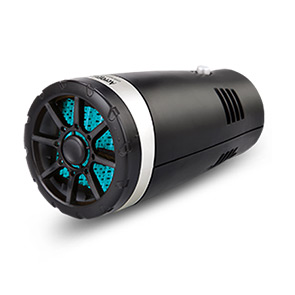handbrake cables
Understanding Handbrake Cables Importance and Maintenance
The handbrake, also known as the parking brake, is a crucial component in a vehicle's braking system. It works to secure the vehicle when parked, preventing it from rolling away. One of the integral parts of this system is the handbrake cable, which plays a vital role in its functionality. Understanding the construction, operation, and maintenance of handbrake cables can enhance the safety and reliability of your vehicle.
What is a Handbrake Cable?
Handbrake cables are steel cables designed to connect the handbrake lever to the braking system at the rear wheels. The primary purpose of these cables is to transmit the force applied by the driver when pulling the handbrake, engaging the rear brakes to hold the vehicle stationary. Handbrake cables are typically made from high-strength steel to withstand tension while being flexible enough to allow for ease of motion.
Signs of Handbrake Cable Issues
As with any mechanical part, handbrake cables can wear out over time. It is important for vehicle owners to be vigilant and recognize signs of potential issues. Common symptoms of a failing handbrake cable include
1. Increased Pulling Resistance If it takes more effort than usual to engage the handbrake, it may indicate that the cable is frayed or stretched. 2. Unresponsive Handbrake If pulling the handbrake lever does not adequately engage the brakes, it can signify a broken or disconnected cable. 3. Handbrake Warning Light Many modern vehicles come equipped with a dashboard warning light that activates when there is an issue with the handbrake system. 4. Visible Damage Inspecting the cable for rust, fraying, or physical damage can reveal problems that need immediate attention.
handbrake cables

Maintenance and Replacement
Regular maintenance of handbrake cables can prolong their lifespan and ensure optimal performance. Here are a few tips for maintaining handbrake cables
- Regular Inspections Periodically check the handbrake cables for any signs of wear and tear, such as fraying or rust. - Keep the Mechanism Clean Ensure the handbrake lever and cable pathways are free from dirt and debris that could impede function. - Lubrication Applying appropriate lubrication to the cable can help maintain flexibility and prevent corrosion.
If signs of failure are detected, it is essential to replace the handbrake cable as soon as possible. Replacement typically involves lifting the vehicle, disconnecting the old cable, and installing a new one. It is advisable to refer to the vehicle’s service manual for specific instructions and to ensure proper installation.
Conclusion
In summary, handbrake cables are vital for the safety of your vehicle, providing an essential function that keeps it secure when parked. Being proactive about maintenance and addressing any issues promptly can help ensure that your handbrake system remains in excellent operating condition. By understanding how handbrake cables work and what to look for in case of problems, drivers can contribute to their safety on the road. Whether you choose to perform the maintenance yourself or consult a professional, staying informed is key to maintaining a reliable braking system.
-
Workings of Clutch Pipe and Hose SystemsNewsJun.04,2025
-
The Inner Workings of Hand Brake Cable SystemsNewsJun.04,2025
-
The Secrets of Throttle and Accelerator CablesNewsJun.04,2025
-
The Hidden Lifeline of Your Transmission Gear Shift CablesNewsJun.04,2025
-
Demystifying Gear Cables and Shift LinkagesNewsJun.04,2025
-
Decoding Clutch Line Systems A Comprehensive GuideNewsJun.04,2025
